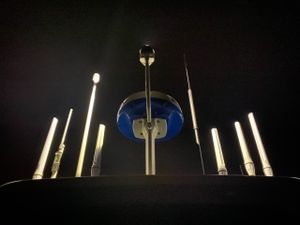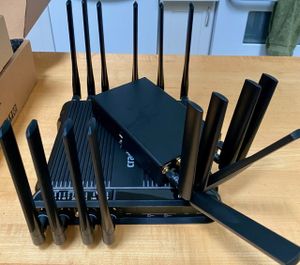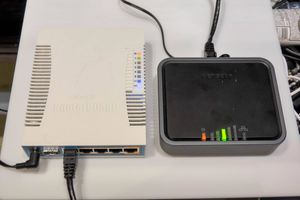Part of my navigation systems overhaul was to replace my handheld Garmin 76C GPS with something larger and more reliable, fixed mounted, that could drive my autopilot and allow me to see electronic maps as well as plot courses.
At first, being in the computing industry for my day job, I started looking at a PC solution. There’s lots of very well thought out software out there, and a lot of it doesn’t require expensive charts or hardware. However, I was not comfortable trusting my entire navigation to a PC knowing what can happen to them both in general use, as well as on a boat. One of the other concerning things was power draw. Although a laptop can run and use a low wattage charger, I wasn’t thrilled about the prospect of inverters and such running all of the time to keep my navigation system going.
In the end, I still bought PC software which I cover in a different post, but I bought a purpose-built chartplotter as my primary device.
I reviewed solutions from Raymarine and Garmin – I casually looked at a number of others, but due to the fact that I have had both Raymarine and Garmin products in the past, and also had a Raymarine autopilot, I wanted to keep in that family of products.
I reviewed the Raymarine E and C series chartplotters, and after building an appropriate system that included future things I wanted to expand into (radar, etc.) I was surprised at the cost. Several parts of the system were proprietary SeaTalk protocols when they really didn’t need to be. Regardless, the system was very well designed and met my requirements. I went to several local stores and reviewed the units in person, and was very impressed with their options.
I also reviewed the 4000 and 5000 series chartplotters from Garmin. The 4000 series is a non-touch screen version of the 5000 series, which is touch-screen. Both allow you to use both NMEA 0183/0183 High Speed, NMEA 2000, and the Garmin Networking protocols. After reviewing these units in person as well, I opted for the Garmin GPSMAP 5208.
After reviewing both manufacturers, the Garmin had a lot of features I liked. The touchscreen interface is the single best feature in the unit over the Raymarine. I can touch the screen no matter what condition it’s in – wet, dirty fingers, etc. No buttons taking up unit space, and very simple design of the interface. Moving around in the maps was a concern to me, and even some of the store clerks said in detail mode they have seen it slow down. So far in the month of use it’s had, I have only seen the display slow down when too many AIS targets are being tracked (in excess of 40!).
Install was a breeze, and connecting it up to my multiplexer and AIS systems, as well as the GPS antenna it came with was easy. Within an hour I had the system mounted and running.
I also opted for the g2 Vision card for my area, which gave me more details on port entries, aerial photos, satellite maps, and guide information for creating courses, among other things. A lot of this information is really nice to have when visiting a strange port.
The unit is well made, and has plenty of connectors on the back for everything you would need. The features within the software are great – tides, currents, locations, auto navigation, clear charts, and AIS support. I have no complaints for the featureset at all.
The system has driven my autopilot and the other parts of the system without any problems so far. It even has settings that match my Raymarine autopilot for naming waypoints – something that plagued me in past setups.
The only issues I’ve had with it include a whine when it’s been on for a while and has lots of AIS targets, and problems with the GPS coming on initially. The whine I’ve traced to a fan within the unit that is trying to keep it cool. This is not annoying too much, although listening to it overnight at an anchorage might be. The amount of AIS data it has to track in Puget Sound, specifically Elliott Bay, is pretty amazing, so the whine is fine for me.
The second issue is one I’m still researching. So far 5 times when I’ve turned the circuit breaker on for the whole system, and then powered on the unit, the GPS antenna hasn’t come on. This antenna has 5 wires – 2 for power, 2 for NMEA into the chartplotter, and one for “remote power on” which I assume is the GPSMAP unit sending a signal to the antenna to come on. I’m not sure if it’s something related to the Garmin version of software (v2.20) that it’s running, but I can’t find any updates or similar problems. I’ll post more if I find out.
I am extremely happy with my purchase. I have a unit that will drive my autopilot when motoring, uses a small amount of power when sailing, supports AIS for collision avoidance, and has a wealth of other features I’ve not even figured out yet. The touchscreen interface is amazing, and I look forward to other devices that adopt this technology.



